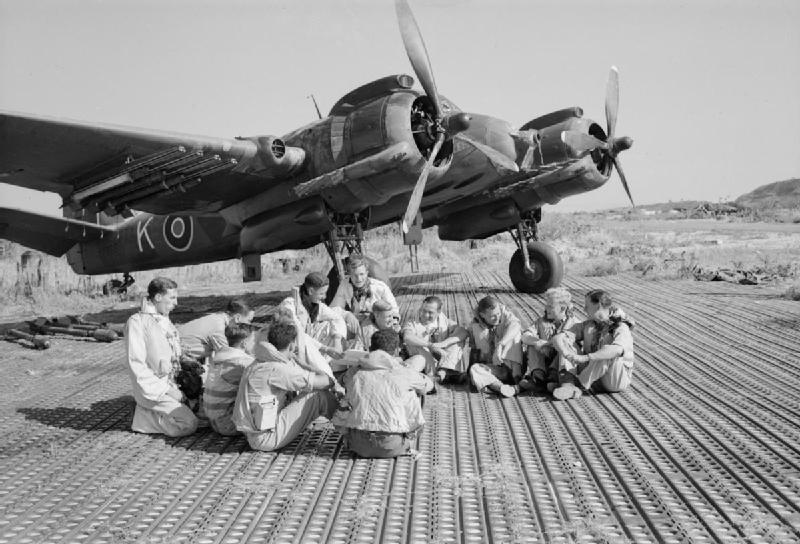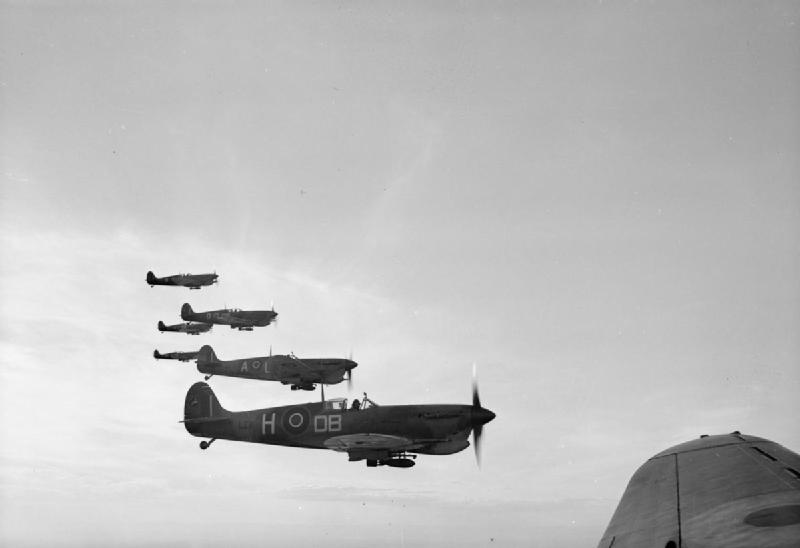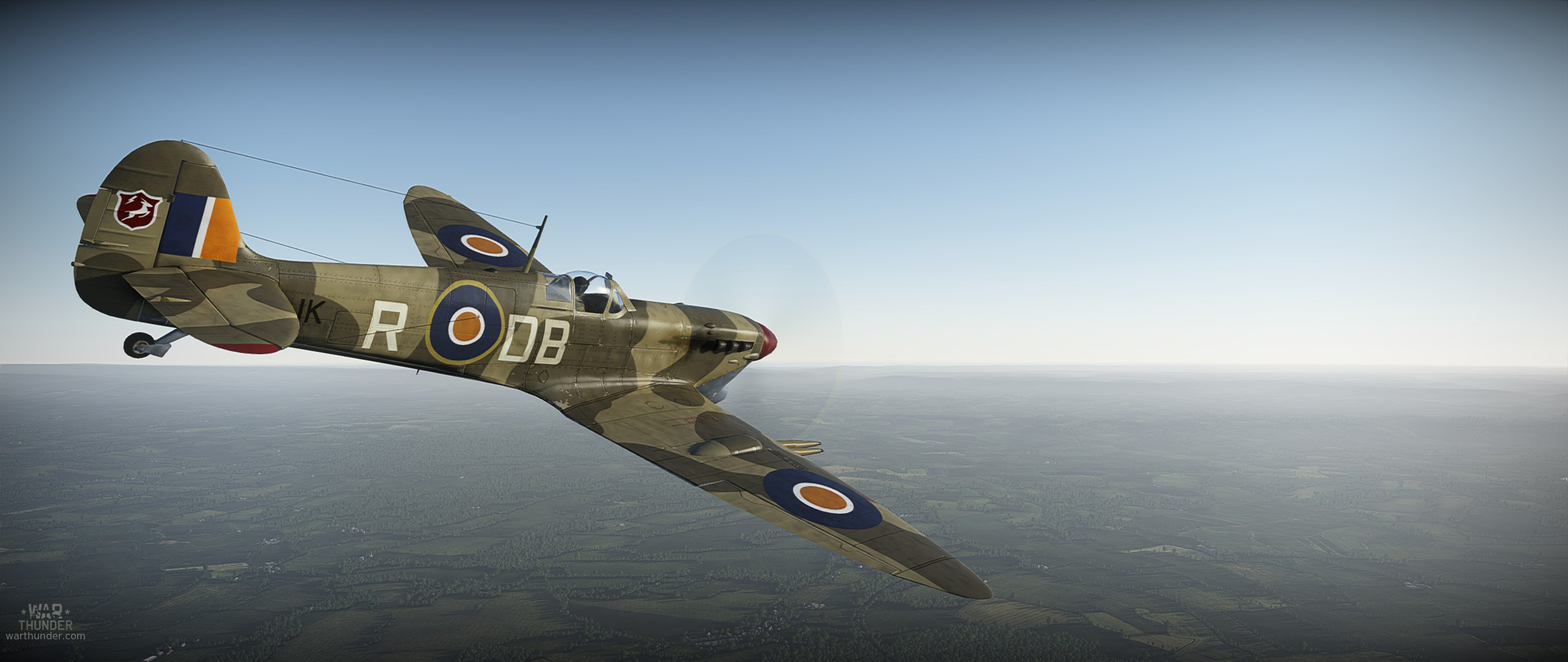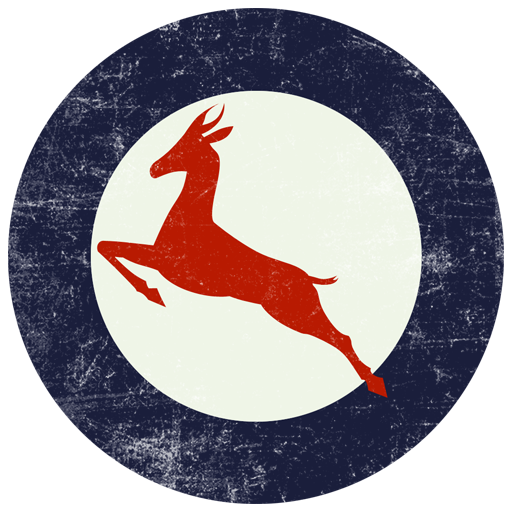
- For PC
- For MAC
- For Linux
- OS: Windows 10 (64 bit)
- Processor: Dual-Core 2.2 GHz
- Memory: 4GB
- Video Card: DirectX 11 level video card: AMD Radeon 77XX / NVIDIA GeForce GTX 660. The minimum supported resolution for the game is 720p.
- Network: Broadband Internet connection
- Hard Drive: 23.1 GB (Minimal client)
- OS: Windows 10/11 (64 bit)
- Processor: Intel Core i5 or Ryzen 5 3600 and better
- Memory: 16 GB and more
- Video Card: DirectX 11 level video card or higher and drivers: Nvidia GeForce 1060 and higher, Radeon RX 570 and higher
- Network: Broadband Internet connection
- Hard Drive: 75.9 GB (Full client)
- OS: Mac OS Big Sur 11.0 or newer
- Processor: Core i5, minimum 2.2GHz (Intel Xeon is not supported)
- Memory: 6 GB
- Video Card: Intel Iris Pro 5200 (Mac), or analog from AMD/Nvidia for Mac. Minimum supported resolution for the game is 720p with Metal support.
- Network: Broadband Internet connection
- Hard Drive: 22.1 GB (Minimal client)
- OS: Mac OS Big Sur 11.0 or newer
- Processor: Core i7 (Intel Xeon is not supported)
- Memory: 8 GB
- Video Card: Radeon Vega II or higher with Metal support.
- Network: Broadband Internet connection
- Hard Drive: 62.2 GB (Full client)
- OS: Most modern 64bit Linux distributions
- Processor: Dual-Core 2.4 GHz
- Memory: 4 GB
- Video Card: NVIDIA 660 with latest proprietary drivers (not older than 6 months) / similar AMD with latest proprietary drivers (not older than 6 months; the minimum supported resolution for the game is 720p) with Vulkan support.
- Network: Broadband Internet connection
- Hard Drive: 22.1 GB (Minimal client)
- OS: Ubuntu 20.04 64bit
- Processor: Intel Core i7
- Memory: 16 GB
- Video Card: NVIDIA 1060 with latest proprietary drivers (not older than 6 months) / similar AMD (Radeon RX 570) with latest proprietary drivers (not older than 6 months) with Vulkan support.
- Network: Broadband Internet connection
- Hard Drive: 62.2 GB (Full client)
Spitfire Mk Vc used by the SAAF, 2nd squadron, skin by _Mirage | download here
When the South African Air Force entered World War II it did so with a pedigree earned during the Great War, serving as the South African Aviation Corps (SAAC). After initially training in Europe, SAAC pilots joined the campaign for German South West Africa, returning to the Western Front on the campaign’s completion. Some SAAC pilots would even see service in Russia during the Civil War there.
 |
| Aircrew of No. 16 Squadron SAAF and No. 227 Squadron RAF sitting in front of a Bristol Beaufighter at Biferno, Italy |
The establishment of the SAAF took place on February 1st 1920 under the Director of Air Services, Colonel Pierre van Ryneveld. The newly formed SAAF was established at Zwartkop Airfield and took delivery of some one hundred aircraft from British war stocks. Over the next decade and a half the SAAF began the slow process of training and organising its complement of men and material, going from one squadron in 1923 to four by 1934. In 1935 the SAAF went through a development program to expand the Air Force to seven squadrons, but still when the call to arms came in 1939 the SAAF was far from a modern fighting force. Equipped with a majority of aging Hawker Hartbeests, Harts and Westland Wapitis, the SAAF recognised it had far too few men and not enough aircraft to put them in. A desperate scramble to obtain modern aircraft was undertaken, while the establishment of several training schools and facilities was hastily organised.
Recognising the need to train pilots from across the world, the RAF in cooperation with the SAAF established the Joint Air Training Scheme; this enabled the SAAF to maximise its ability to train its own pilots as well as contribute to the defence of the empire by training pilots and aircrew from around the Commonwealth.
Initially the SAAF’s duty was to establish a defensible position in Southern Africa and to maintain the maritime corridor to the Suez Canal and around the horn of Africa. Soon though the SAAF was dispatched to the Commonwealth dominions in East Africa, deploying to hold of the advances of Italian forces and to counter the presence of the Regia Aeronautica.
Flying Gloster Gladiators, Furies and the now ancient Hartbeests the SAAF took on the Italian forces over the territories known as Italian East Africa, consisting today of Somalia, Eritrea and Somaliland. Initially the Regia Aeronautica dominated the SAAF, but the lack of fuel and spares soon drastically reduced the numbers of aircraft available to the Italians. Soon the SAAF established air dominance and with that the campaign on the ground sealed the fate of Italian East Africa, with the final battles taking place at Gondar and hostilities ceasing in November 1941.
 |
| Supermarine Spitfire Mark VCs of 2 Squadron SAAF flying along the Adriatic Coast |
With the completion of the East African campaign, the battles in North Africa heated up; aircraft of No.12 and 24 Squadrons pursued the Afrika Korps across the Sahara from Gazala to Alamein; the SAAF flying various types of Hurricanes, Spitfires and Kittyhawks went toe to toe with Italian and German fighters, while Bostons, Marylands and Marauders attacked ground targets. As part of the Desert Air Force the SAAF squadrons performed the vital tasks of defeating the Axis air and land forces. At the same time as the operations in North Africa the SAAF also took part in Operation Ironclad - the taking of Madagascar - and naval and coastal reconnaissance missions from the cape to the Mediterranean. The SAAF’s involvement in offensive operations did not stop here - from the flights to supply the Warsaw resistance in 1944 to actions against fascist Italy with heavy bombers and fighter bomber strikes against point targets.
When the Korean Conflict took place the SAAF rallied to the international cause and supplied pilots and machines flying F-51D Mustangs as well as a small number of F-86F aircraft in ground attack and air superiority roles, flying some of the very last missions over North Korean lines to suppress their airfields.
Today the SAAF continues to defend the southern skies of the African continent, providing for the defence of the RSA and to contribute to African Union and peacekeeping across the Continent.
Author: Aaron “anglomanii’ Lentz
With an upcoming update, we will add the SAAF 1947 roundel to War Thunder:
Decal made by Colin 'Fenris' Muir
See you in the skies





